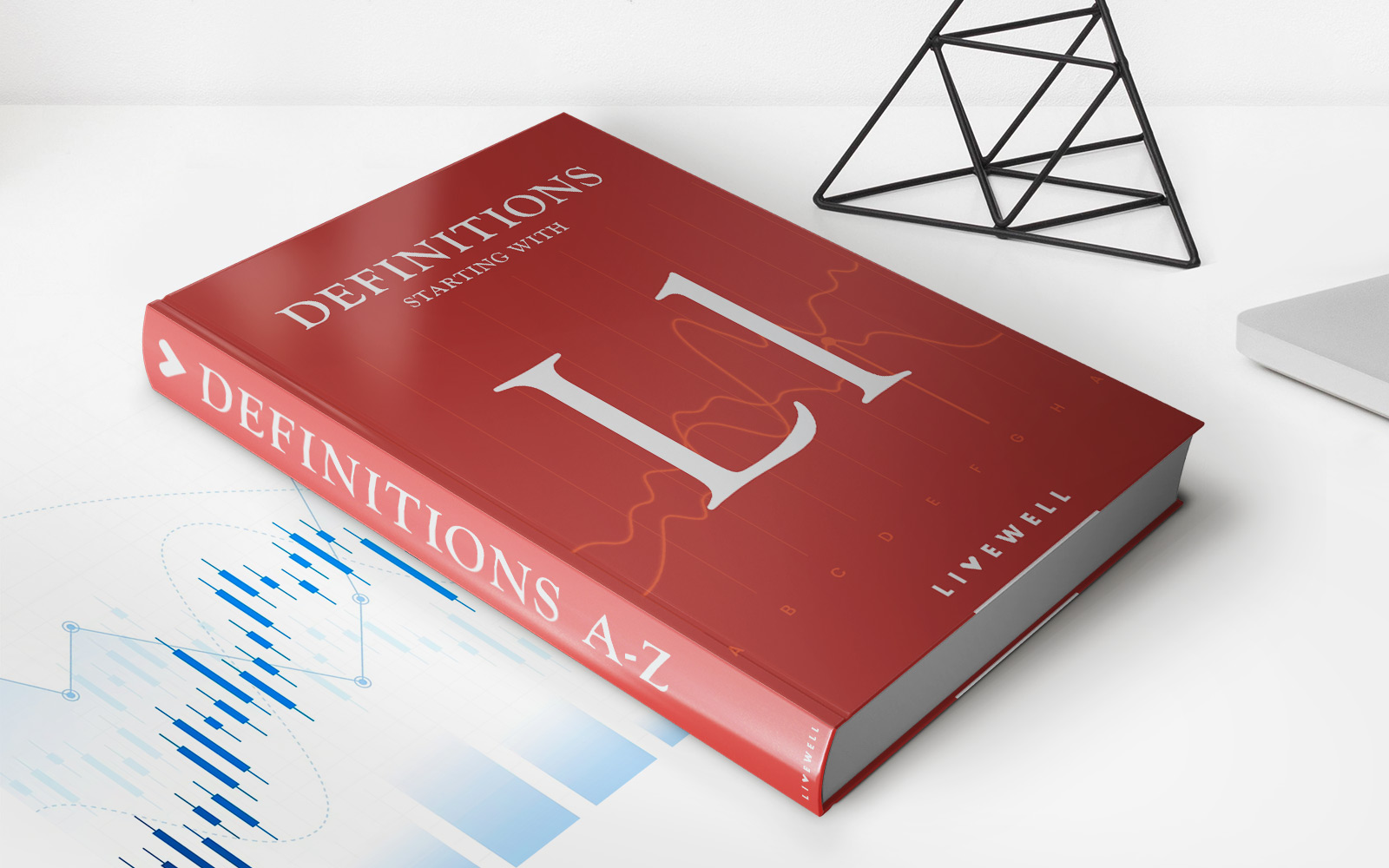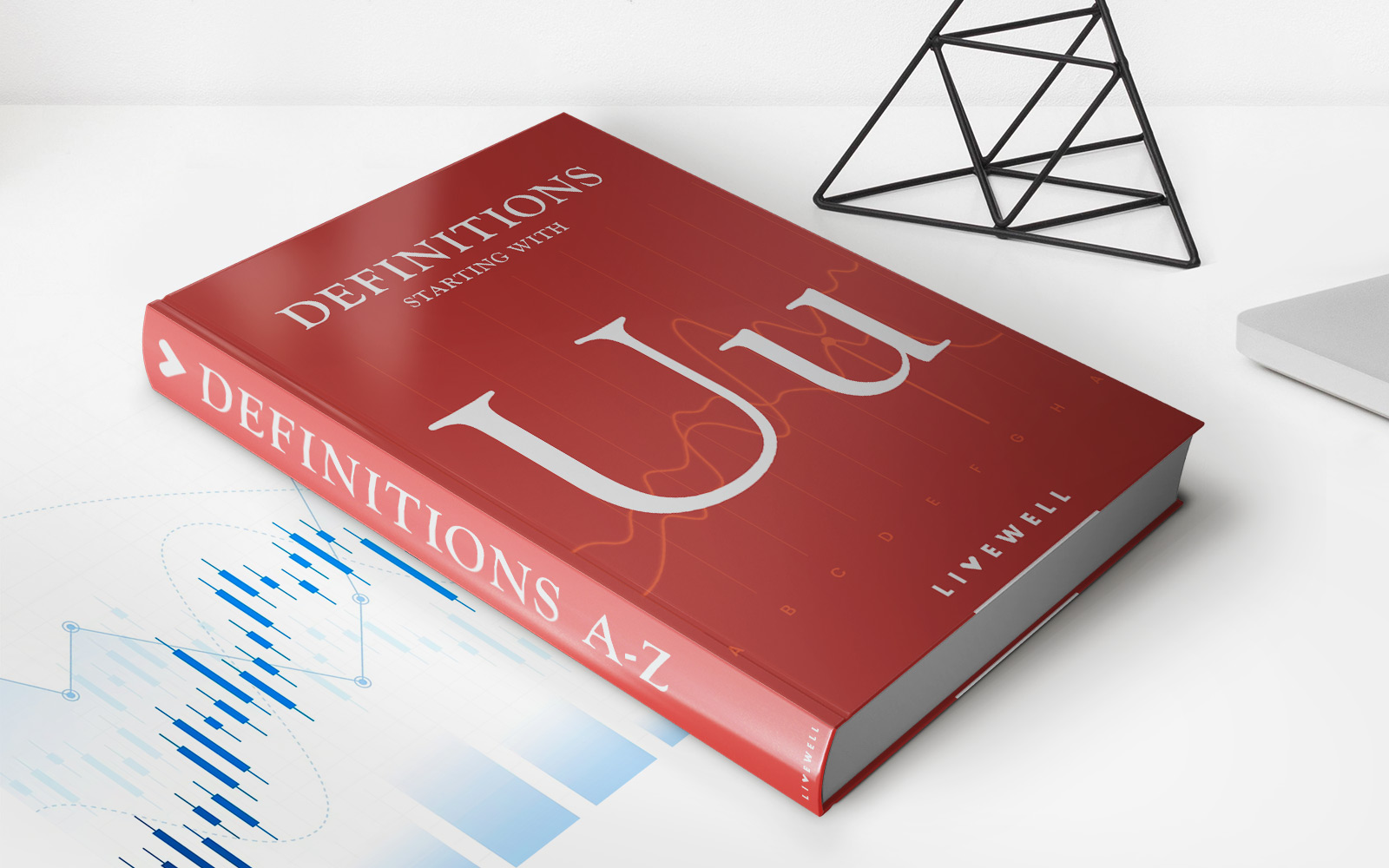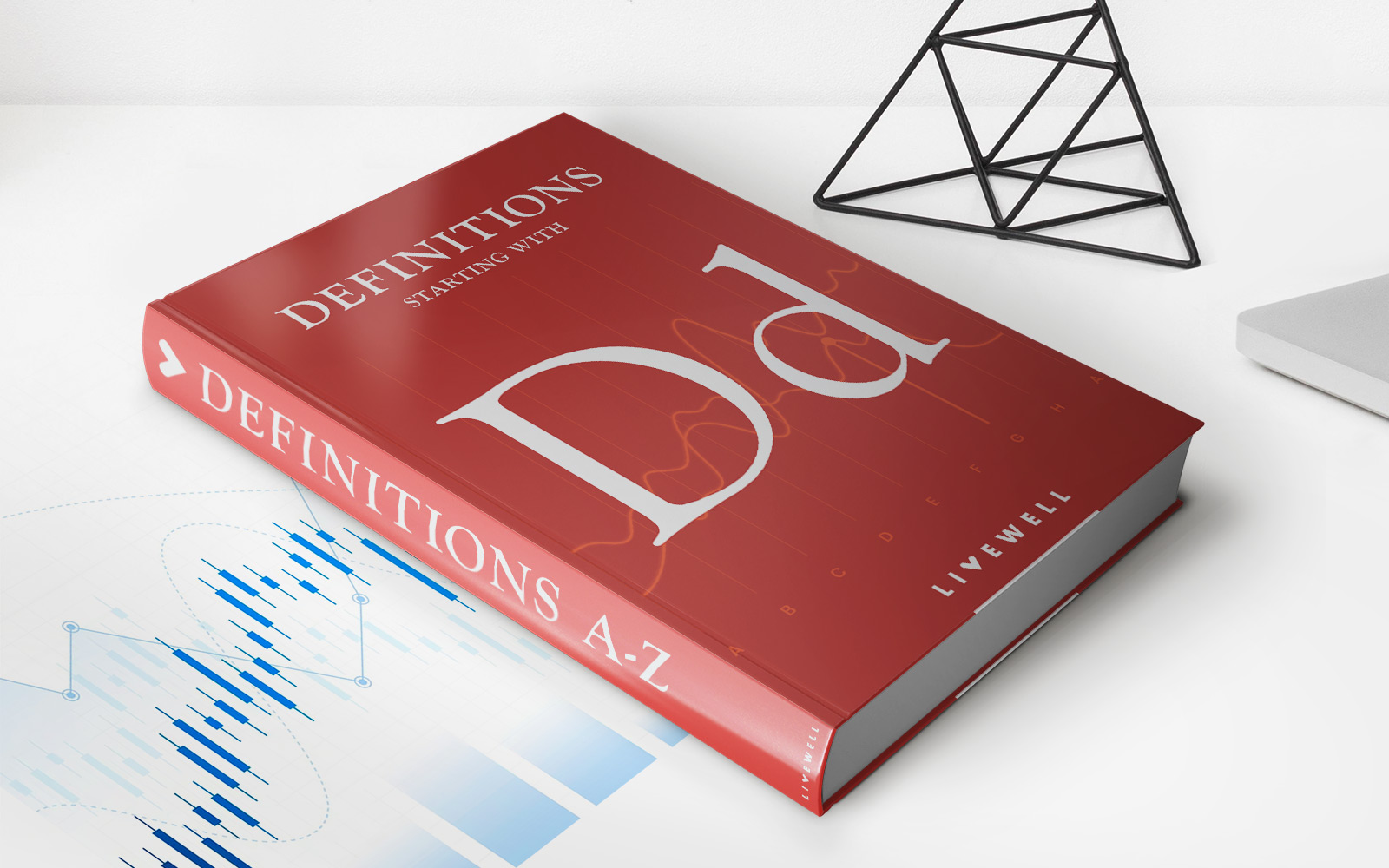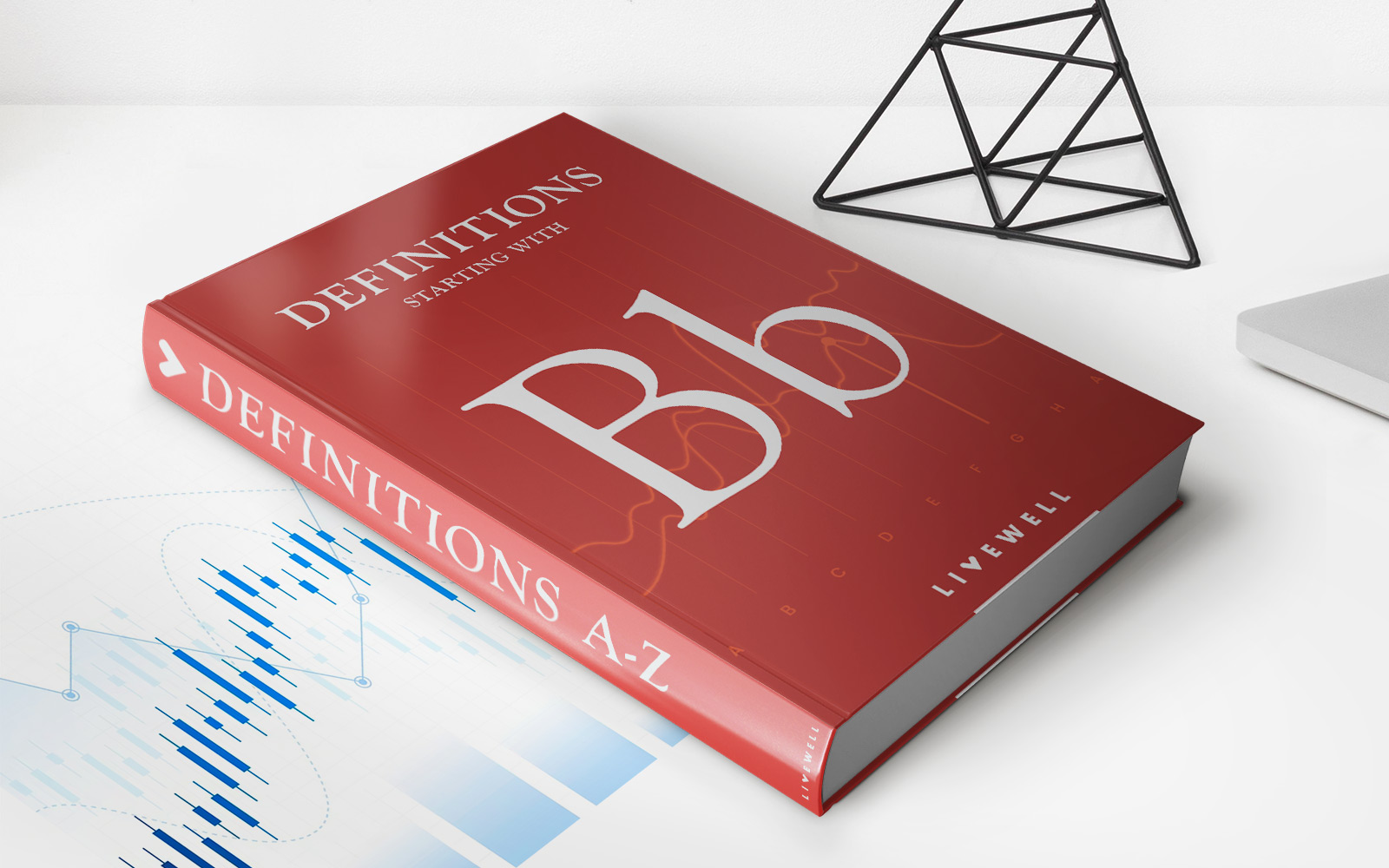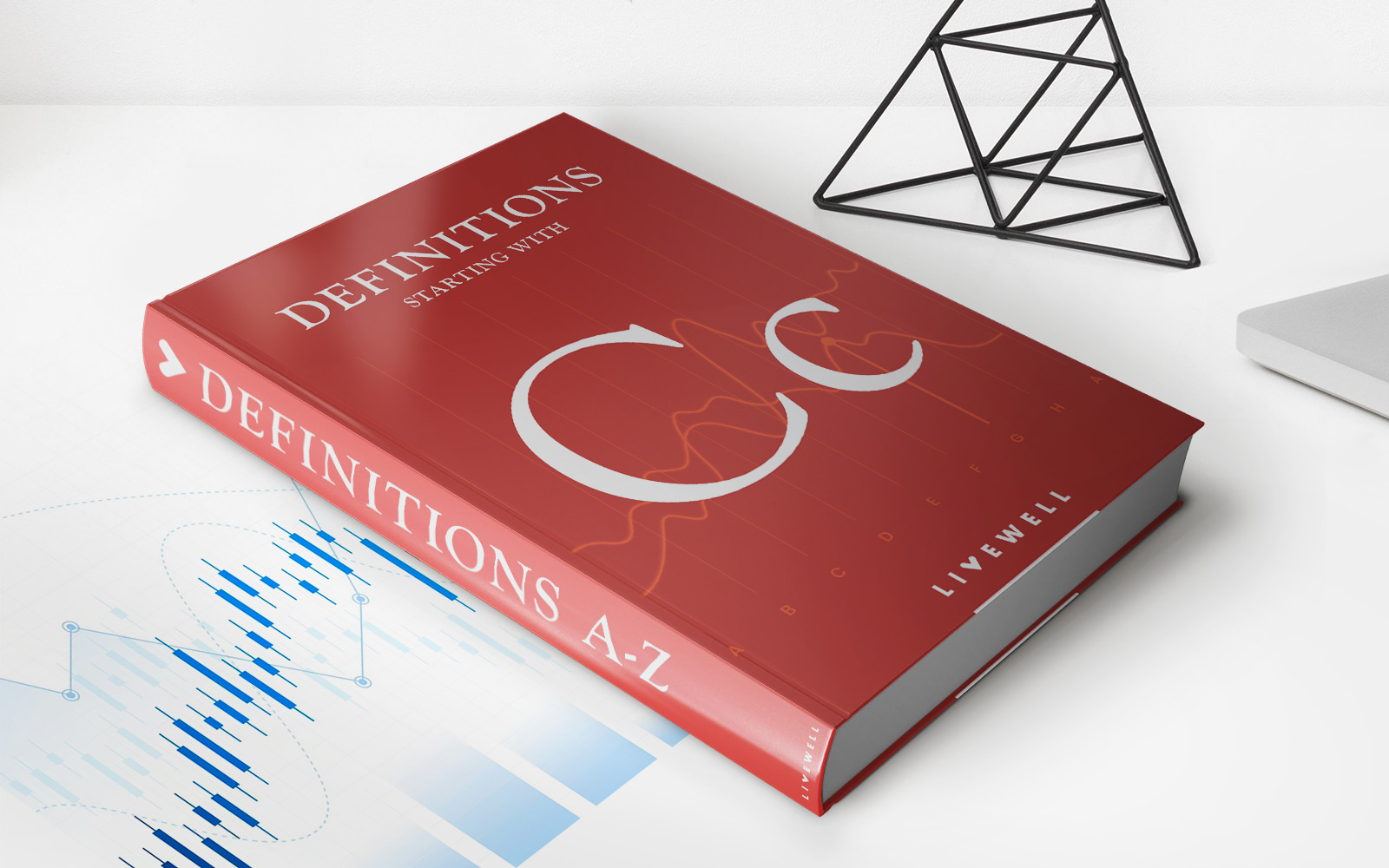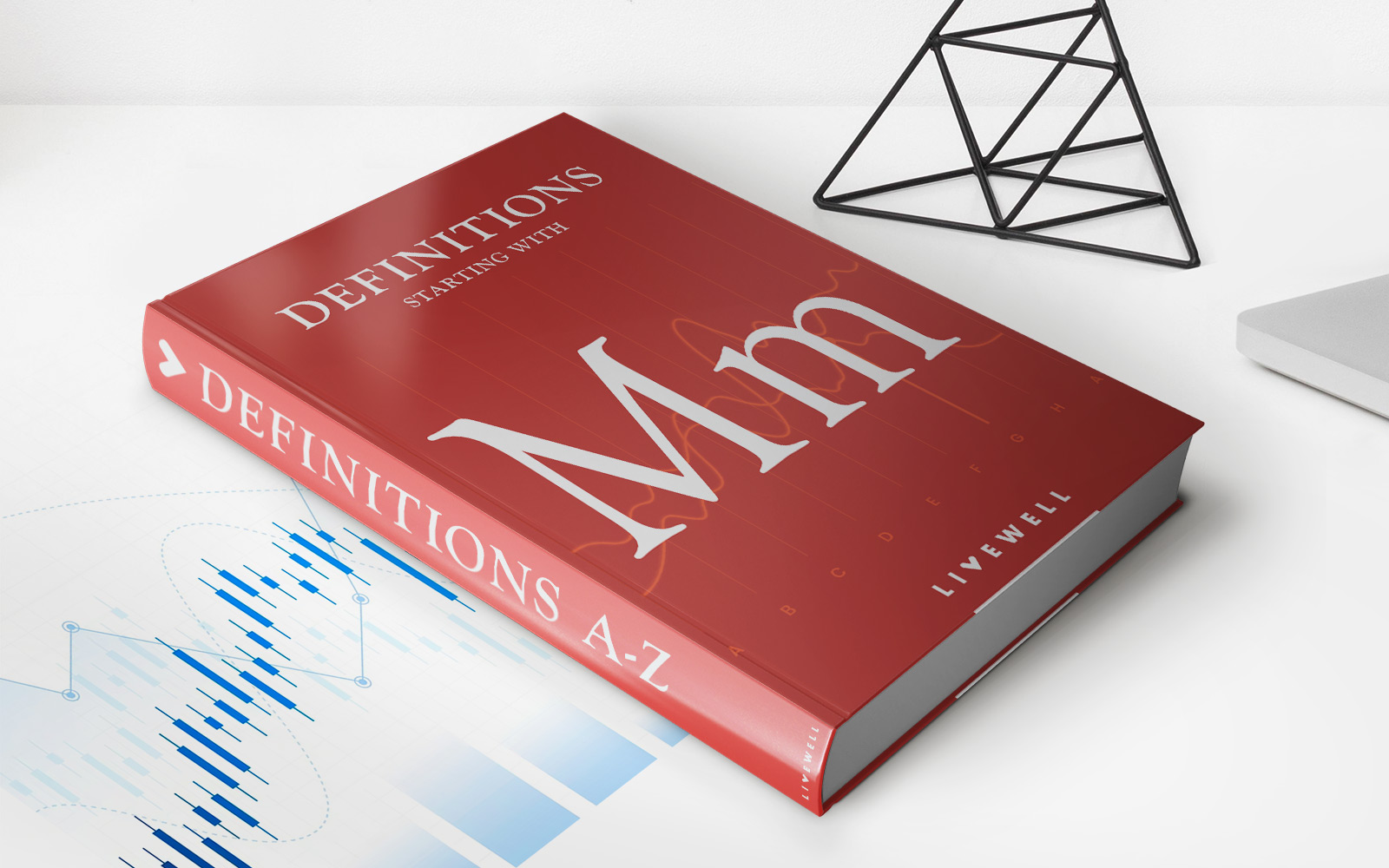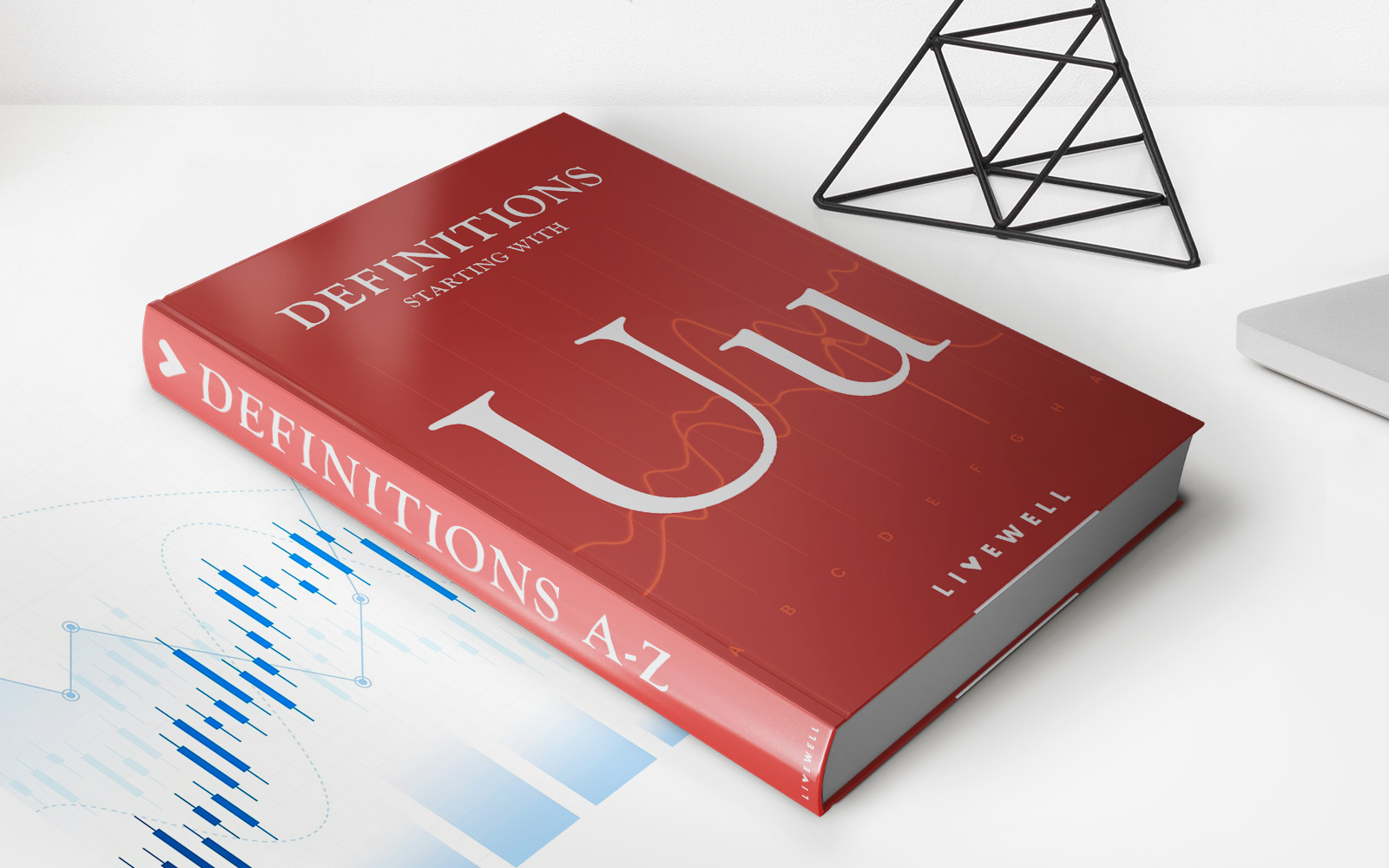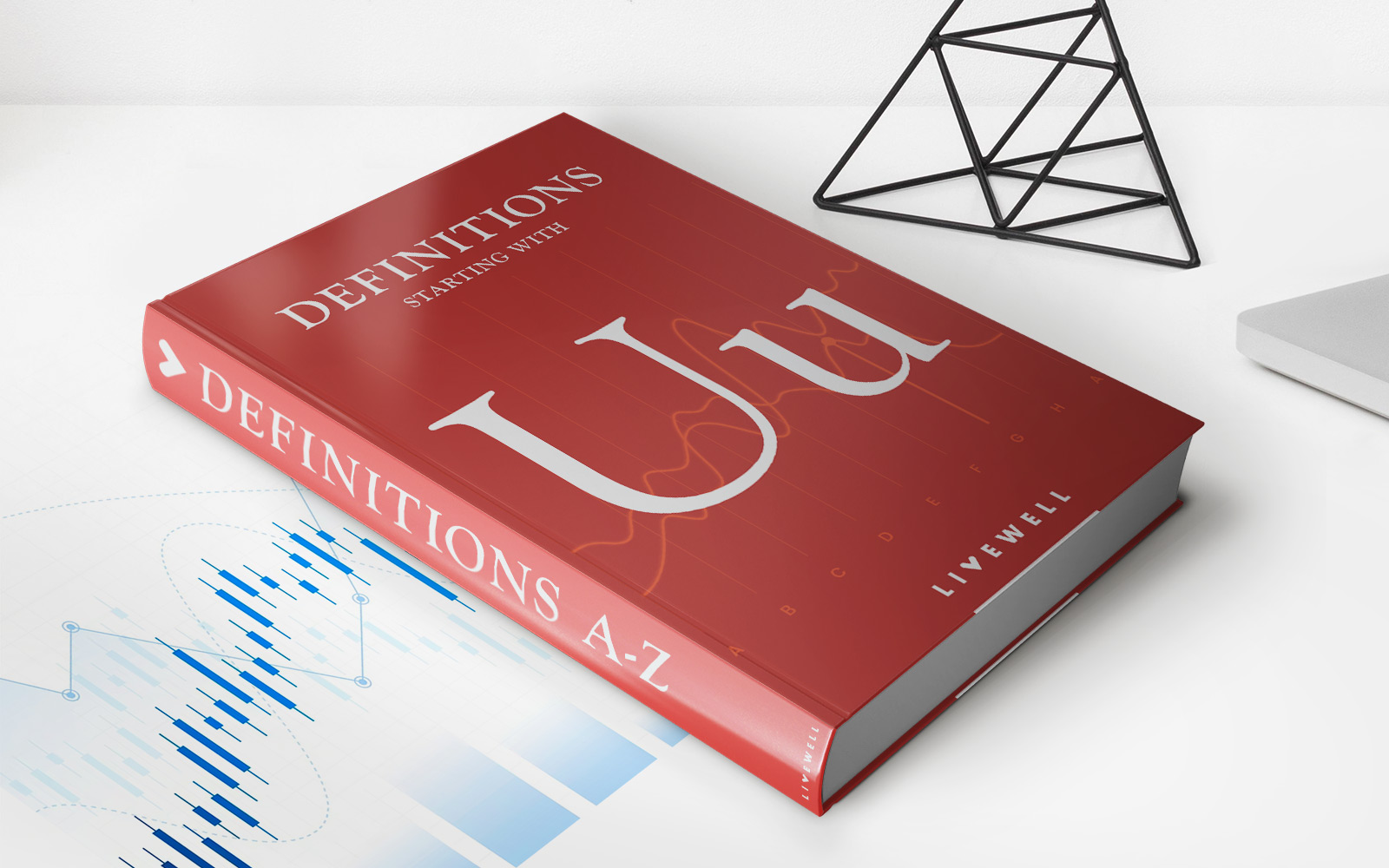Home>Finance>Bosnia-Herzegovina Convertible Mark (BAM) Definition


Finance
Bosnia-Herzegovina Convertible Mark (BAM) Definition
Published: October 18, 2023
Learn about the Bosnia-Herzegovina Convertible Mark (BAM) and its definition in the world of finance. Explore its features, history, and significance in the economy.
(Many of the links in this article redirect to a specific reviewed product. Your purchase of these products through affiliate links helps to generate commission for LiveWell, at no extra cost. Learn more)
The Bosnia-Herzegovina Convertible Mark: Understanding Its Significance in the Financial World
Finance is a broad field that encompasses various aspects of monetary transactions, investments, and currencies. In this blog post, we will delve into the category of “FINANCE” and explore the Bosnia-Herzegovina Convertible Mark (BAM). If you’re curious about the BAM’s role and how it impacts the financial landscape, keep reading to gain valuable insights.
Key Takeaways:
- The Bosnia-Herzegovina Convertible Mark (BAM) is the official currency of Bosnia and Herzegovina.
- Introduced in 1998, the BAM replaced the Yugoslav dinar, stabilizing the country’s economy and enabling international trade.
What is the Bosnia-Herzegovina Convertible Mark?
The Bosnia-Herzegovina Convertible Mark, often referred to as the BAM, is the official currency of Bosnia and Herzegovina. Introduced in 1998, it replaced the Yugoslav dinar, which was used during the time of Yugoslavia. The BAM is a vital component of the country’s financial system and plays a crucial role in the commerce and trade sectors.
History and Significance
After the devastating Bosnian War in the early 1990s, Bosnia and Herzegovina faced significant economic challenges. In an effort to stabilize the country’s economy and facilitate international trade, the decision to introduce a new currency was made. The Bosnia-Herzegovina Convertible Mark was born.
The BAM’s introduction ushered in a period of stability and growth for the country. It not only helped unify the financial system but also enabled easier transactions and trade partnerships with other nations. The introduction of the BAM played a crucial role in the country’s economic recovery and continues to contribute to its financial stability.
Features and Exchange Rate
The Bosnia-Herzegovina Convertible Mark is denoted by the symbol “KM” and is subdivided into 100 fenings. Banknotes are available in denominations of 10, 20, 50, 100, and 200, while coins come in 5, 10, 20, and 50 fenings, as well as 1 and 2 convertible marks.
The BAM’s exchange rate is pegged to the euro, meaning its value is maintained in relation to the common European currency. This stability fosters confidence in the BAM both domestically and internationally, making it an important currency in the region.
The BAM and the Future
As Bosnia and Herzegovina continue their journey of economic development, the Bosnia-Herzegovina Convertible Mark will remain an influential force in shaping their financial landscape. The stability and trust established by the BAM contribute to the country’s attractiveness for investments, trade partnerships, and economic growth.
In Conclusion
The Bosnia-Herzegovina Convertible Mark is not just a currency; it is a symbol of resilience and economic progress. Its introduction brought stability to the country’s financial system, allowing Bosnia and Herzegovina to engage in international trade and recover from the aftermath of war. The BAM’s significance continues to grow as the country moves forward, contributing to its overall financial prosperity.
- Key Takeaway 1: The Bosnia-Herzegovina Convertible Mark (BAM) is the official currency of Bosnia and Herzegovina, replacing the Yugoslav dinar in 1998.
- Key Takeaway 2: The introduction of the BAM played a crucial role in stabilizing the country’s economy after the Bosnian War and facilitating international trade.
